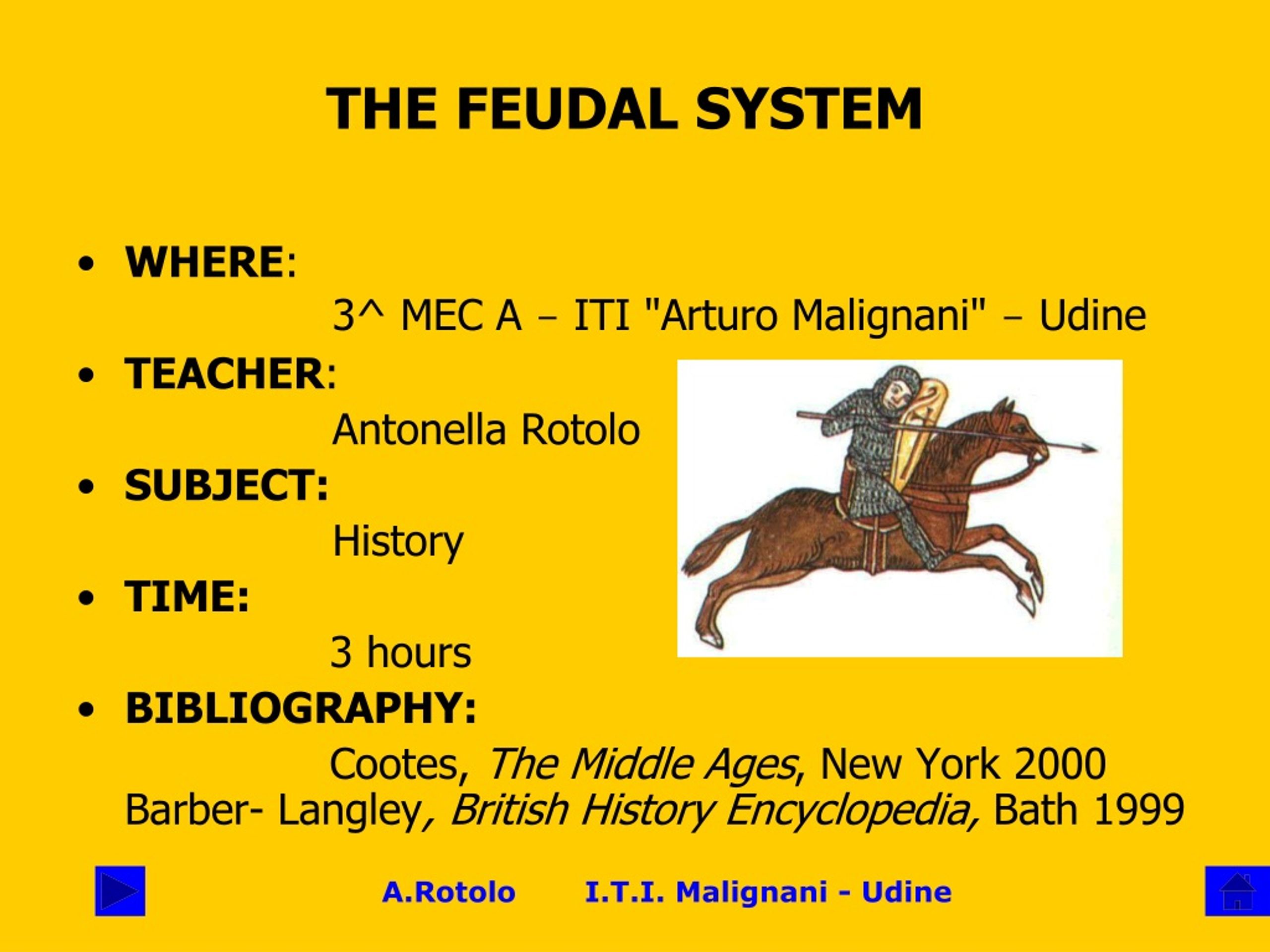
Go here to watch a video about the Feudal System. Your browser does not support the audio element. Listen to a recorded reading of this page:.Take a ten question quiz about this page.The Lord held absolute power over the fief or manor including holding court and deciding punishments for crimes.Lords and Barons swore oaths of homage and fealty to their kings.The kings believed they were given the right to rule by God.We send Chart and Question Blank with Catalog. Most were dead before they reached 30 years old. Ages and the days of feudalism and knight - errantry, when the effective fighting. Around 90 percent of the people worked the land as peasants.Interesting Facts about the Feudal System They worked long days, 6 days a week, and often barely had enough food to survive. They owned nothing and were pledged to their local lord.
#BLANK FEUDALISM CHART FREE#
Some peasants were considered free and could own their own businesses like carpenters, bakers, and blacksmiths. Most of the people living in the Middle Ages were peasants. The lords owned everything on their land including the peasants, crops, and village. They also were the king's knights and could be called into battle at any moment by their Baron. Lords and Knights - The lords ran the local manors. The READI History Learning Goals are listed in the table below. If they did not have an army, sometimes they would pay the king a tax instead. their attention to the previous unit, on Feudalism in Medieval Europe, in order to lay. Their job was to maintain an army that was at the king's service. They divided up their land among Lords who ran individual manors. They reported directly to the king and were very powerful. This made some Bishops very rich.īarons and Nobles- The Barons and high ranking nobles ruled large areas of land called fiefs. Not only that, but the church received a tithe of 10 percent from all the people. The Catholic Church was very powerful in most parts of Medieval Europe and this made the Bishop powerful as well. When one family stayed in power for a long time, this was called a dynasty.īishop - The Bishop was the top church leader in the kingdom and managed an area called a diocese. When a king died, his firstborn son would inherit the throne. Put a 1 on the left side of the line, a 5 in the middle, and a 10 on the right side of the line (see Appendix B as an example. Before teaching this lesson, make a sign on butcher or chart paper. In return, the Barons pledged their loyalty and soldiers to the king. 4th Grade, Feudalism 2004 Colorado Unit Writing Project 3 D. The king could not control all of the land by himself, so he divided it up among the Barons. King - The top leader in the land was the king.

Farms would then spread out from there which would be worked by the peasants. A small village would form around the castle which would include the local church.

He lived in a large house or castle where people would gather for celebrations or for protection if they were attacked. The center of life in the Middle Ages was the manor.

It started at the top with the king granting his land to a baron for soldiers all the way down to a peasant getting land to grow crops. Under the feudal system land was granted to people for service.


 0 kommentar(er)
0 kommentar(er)
